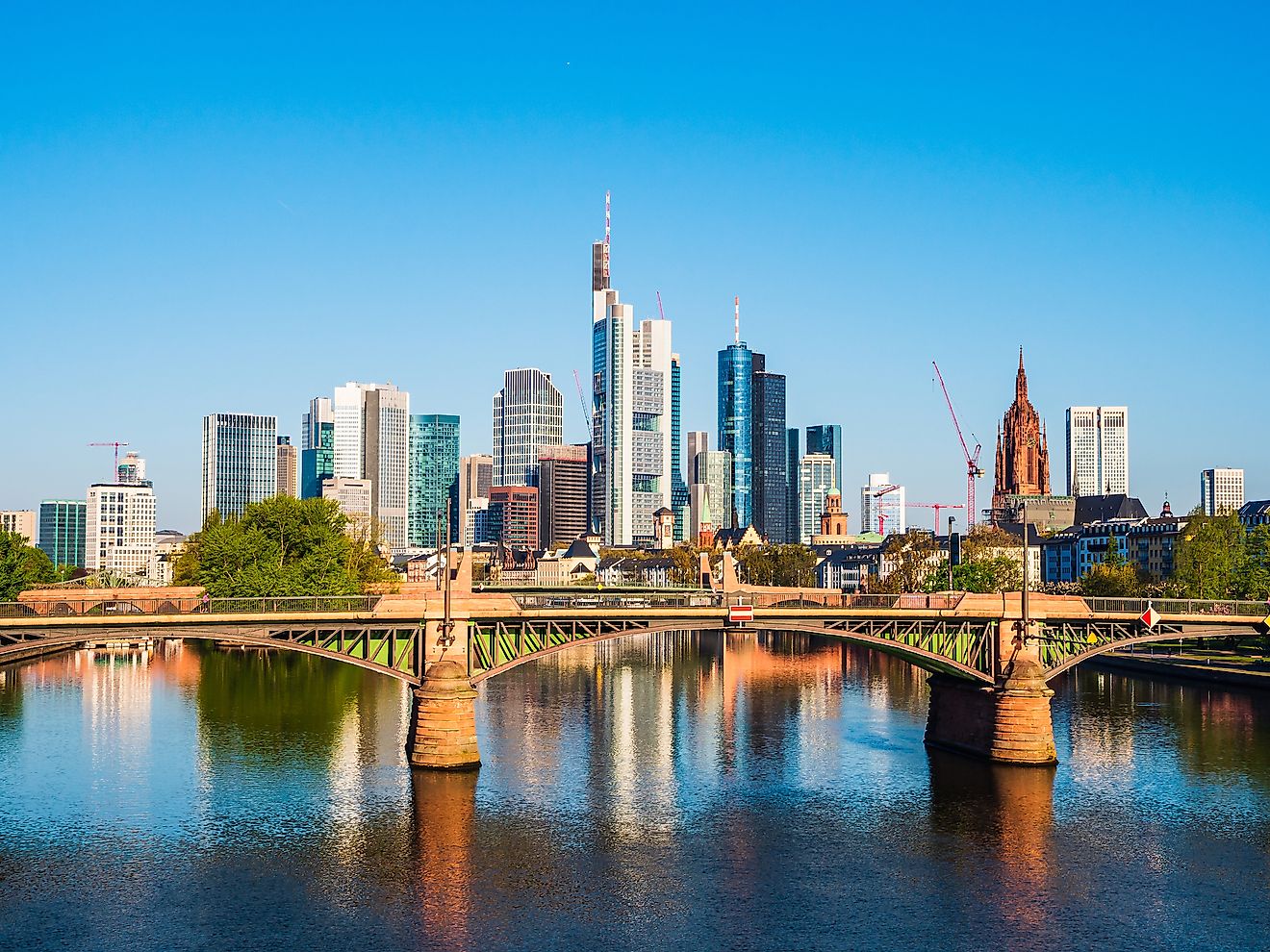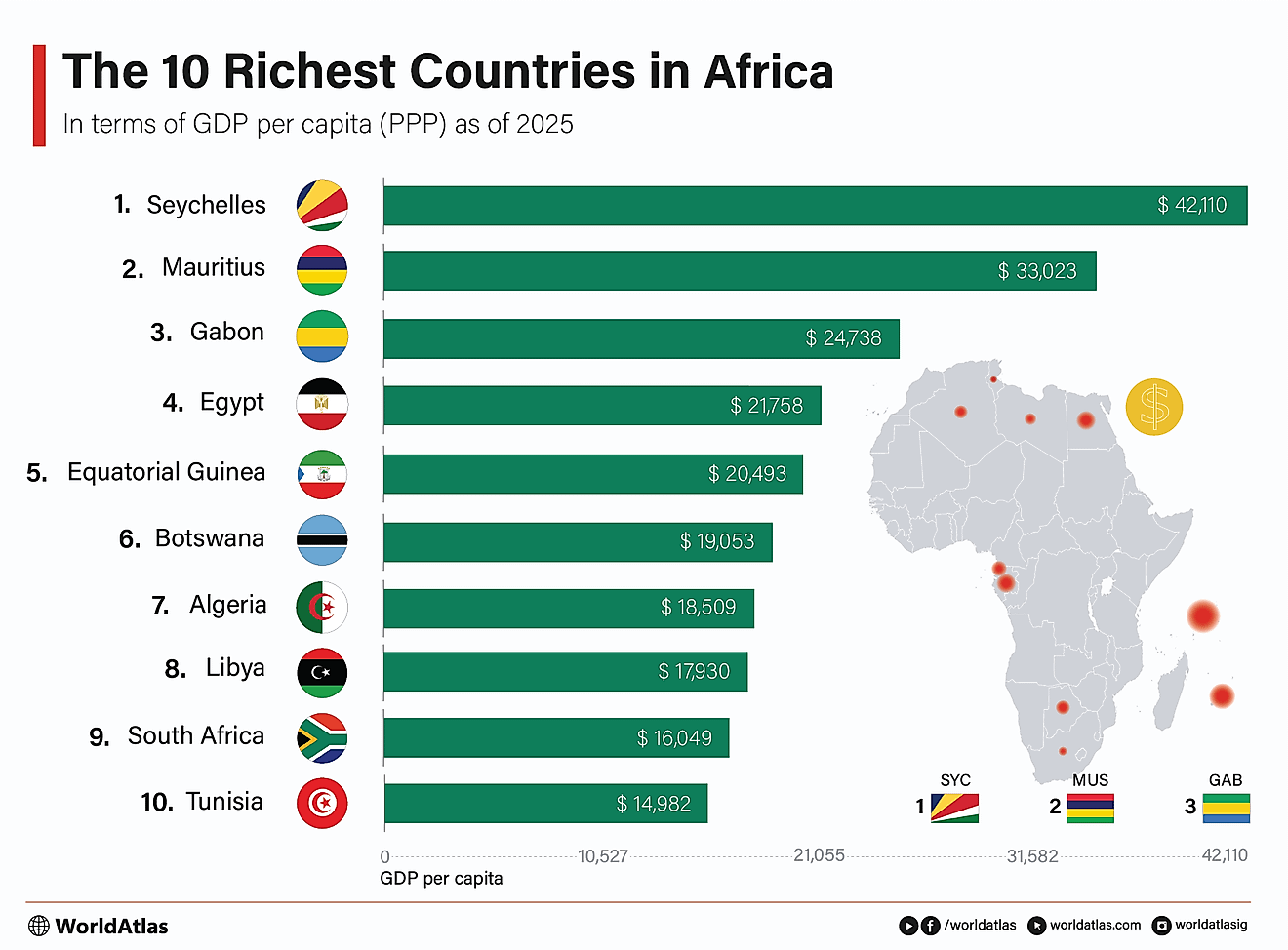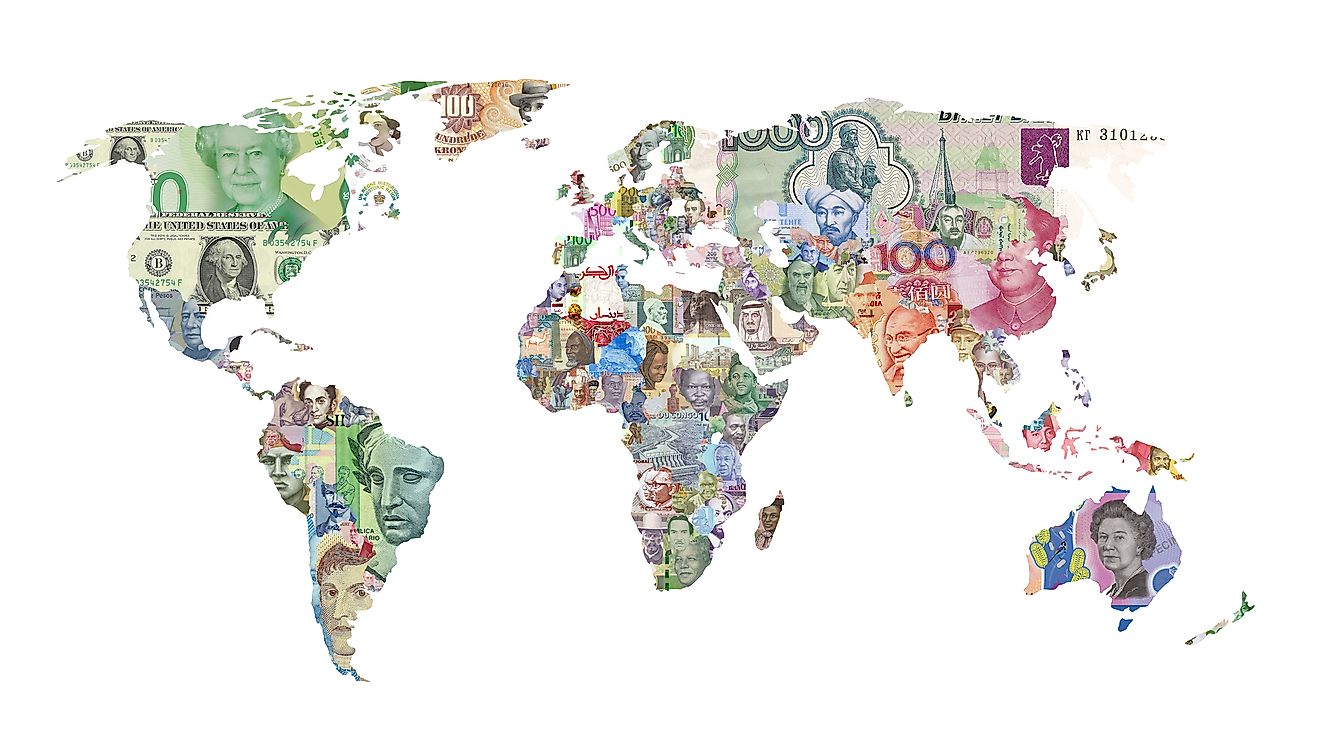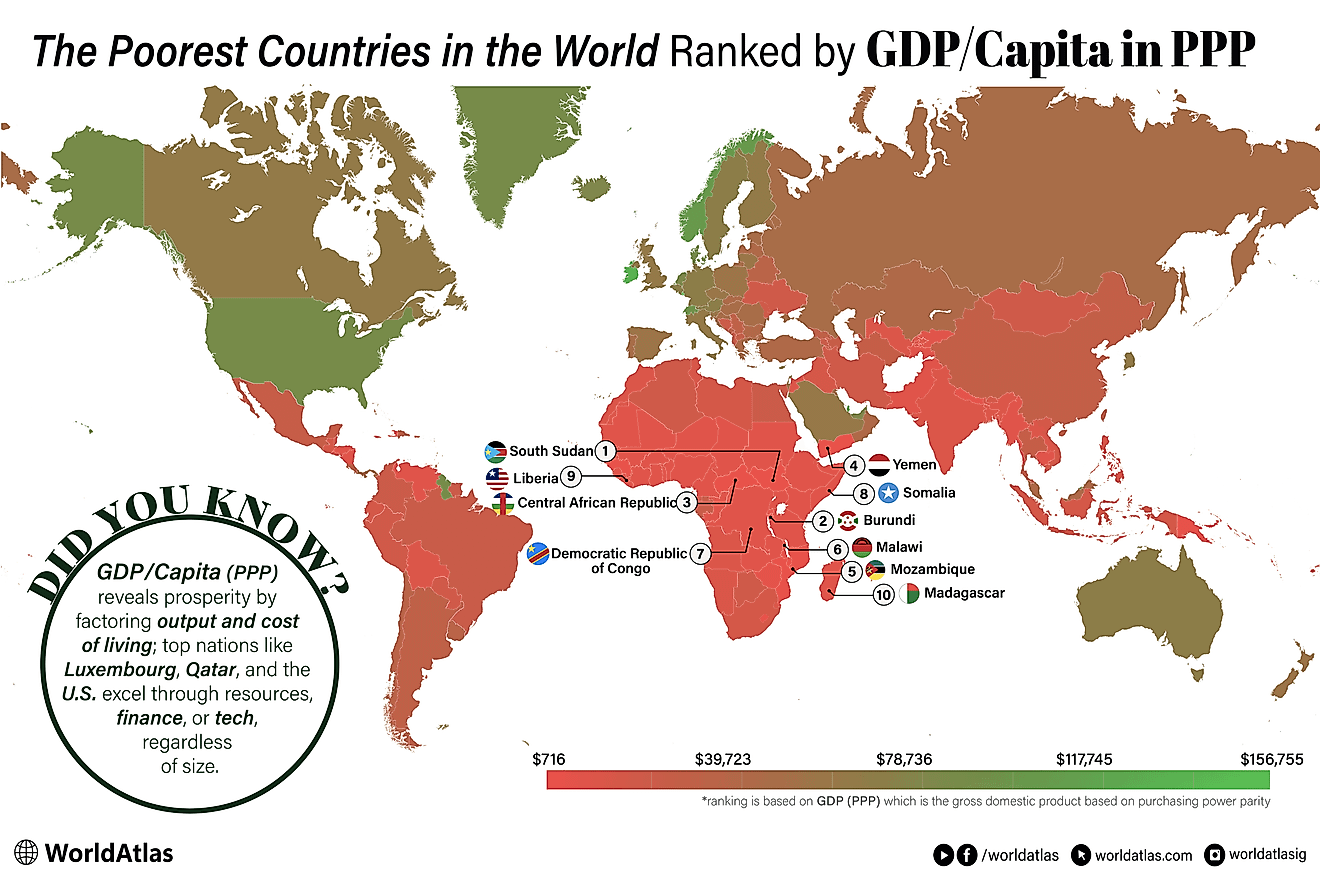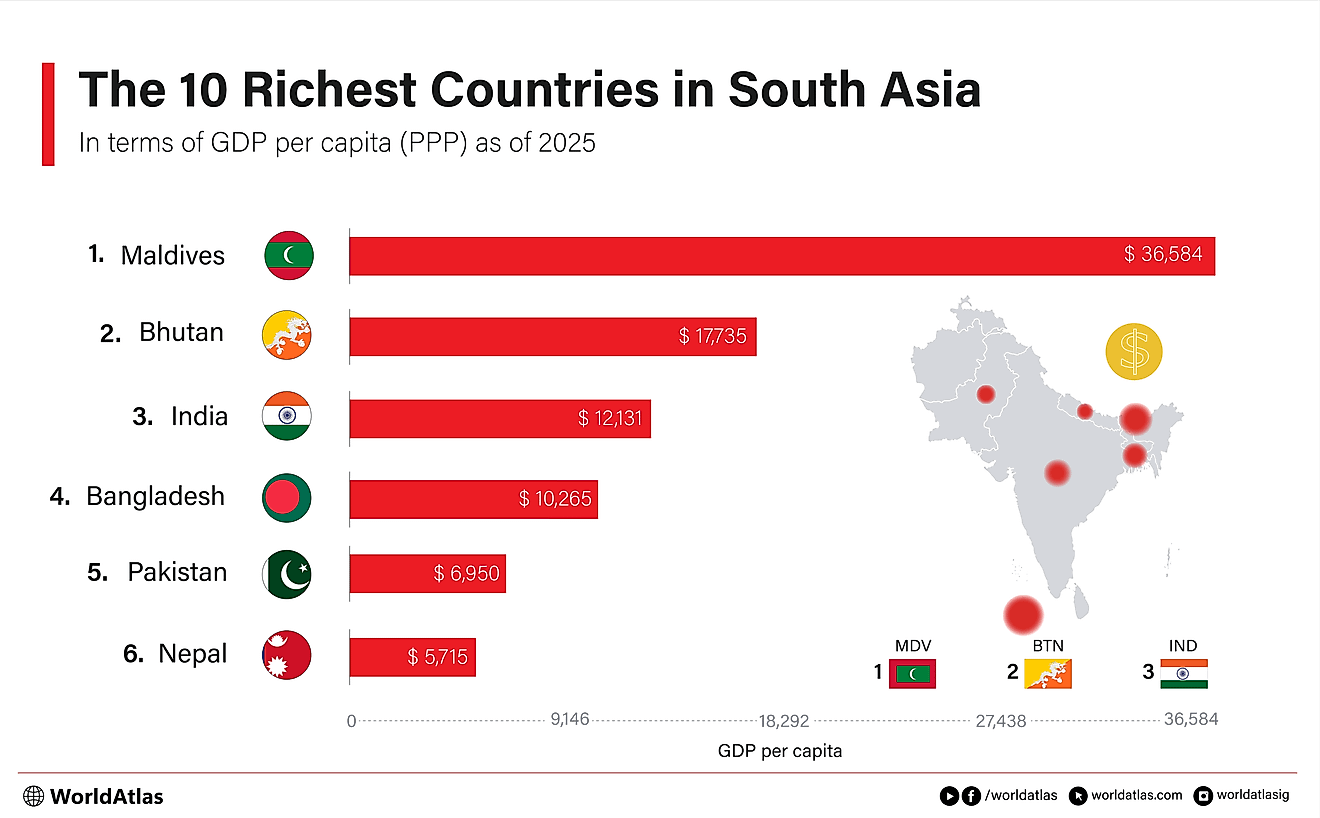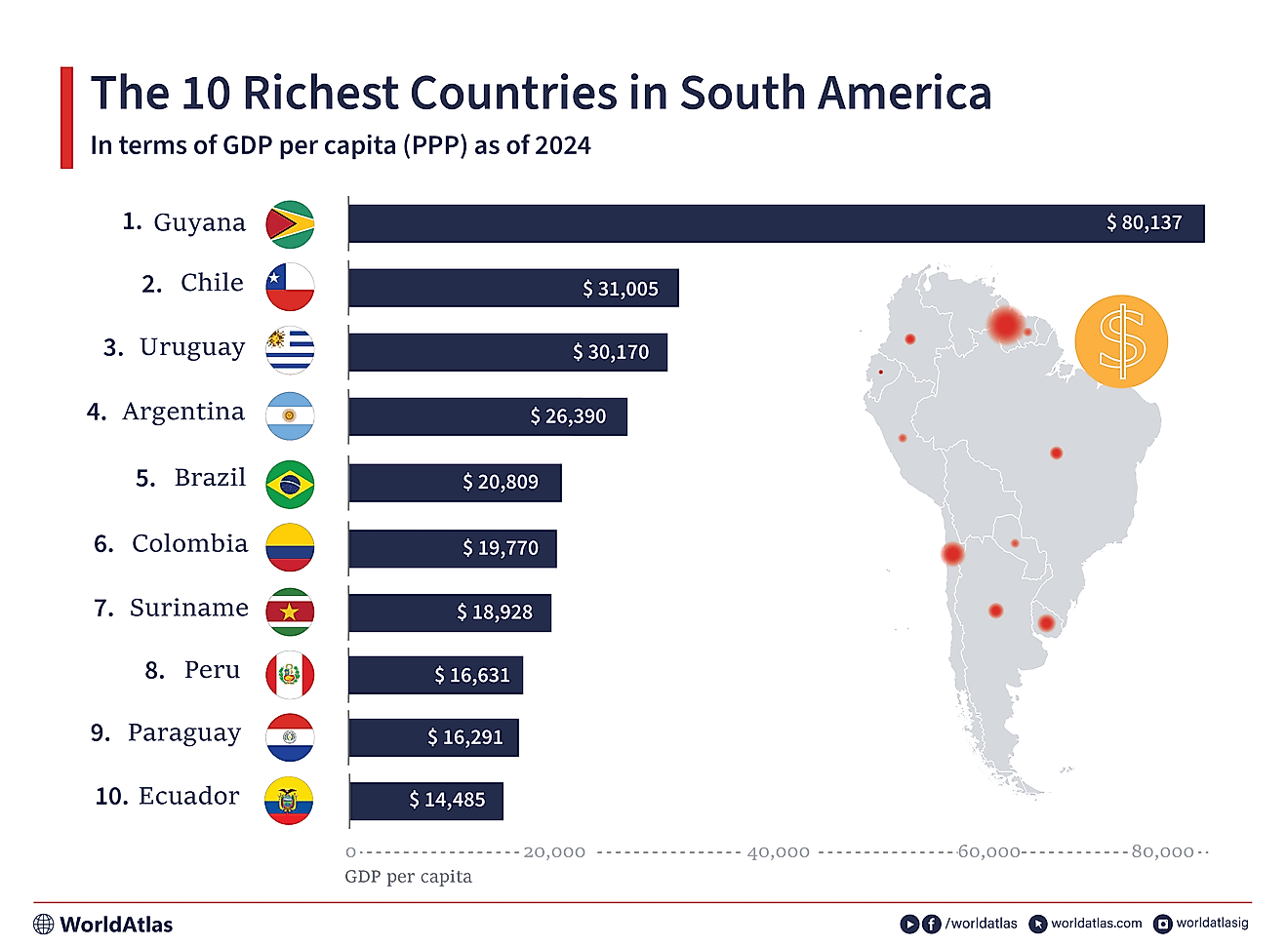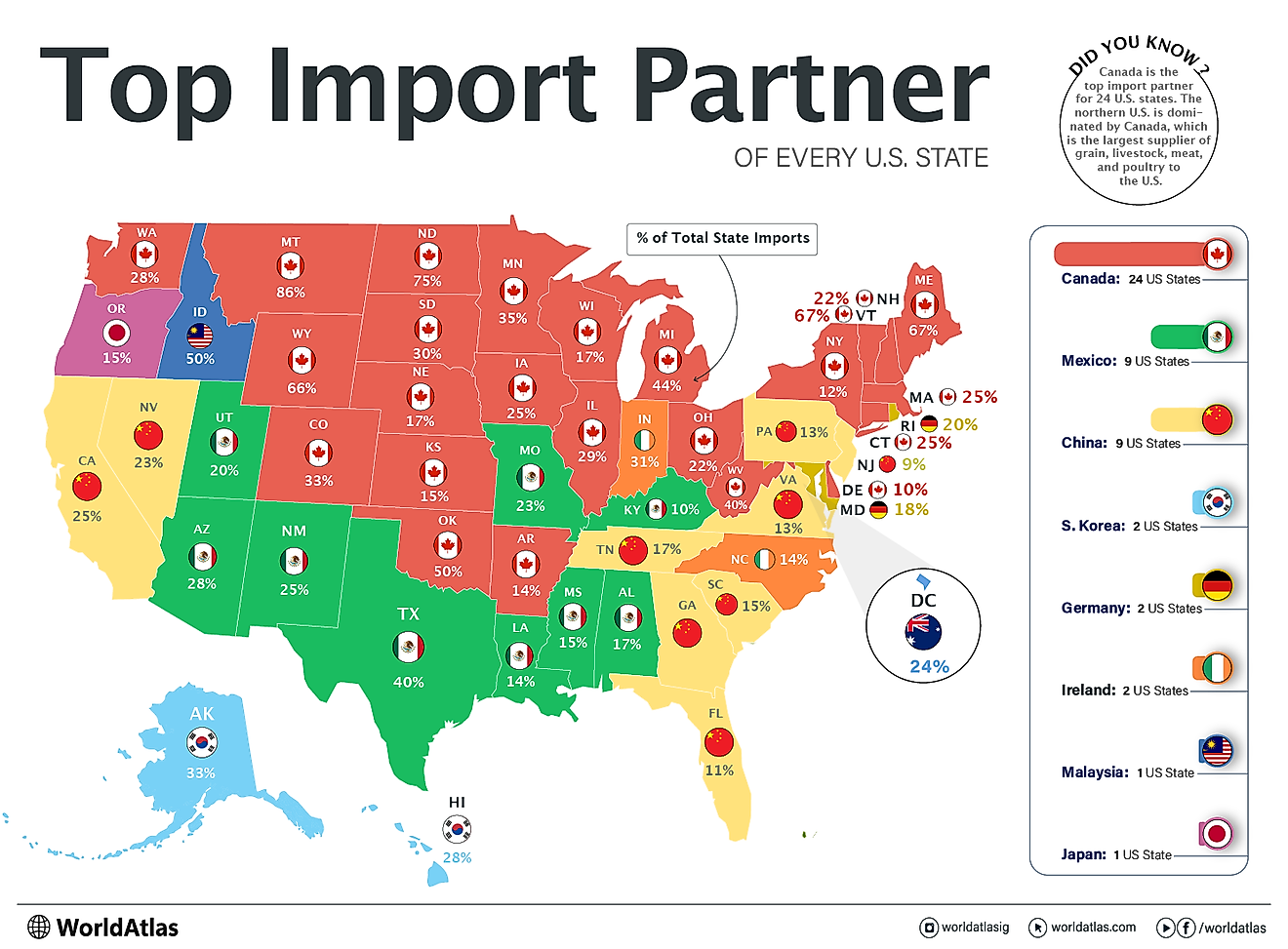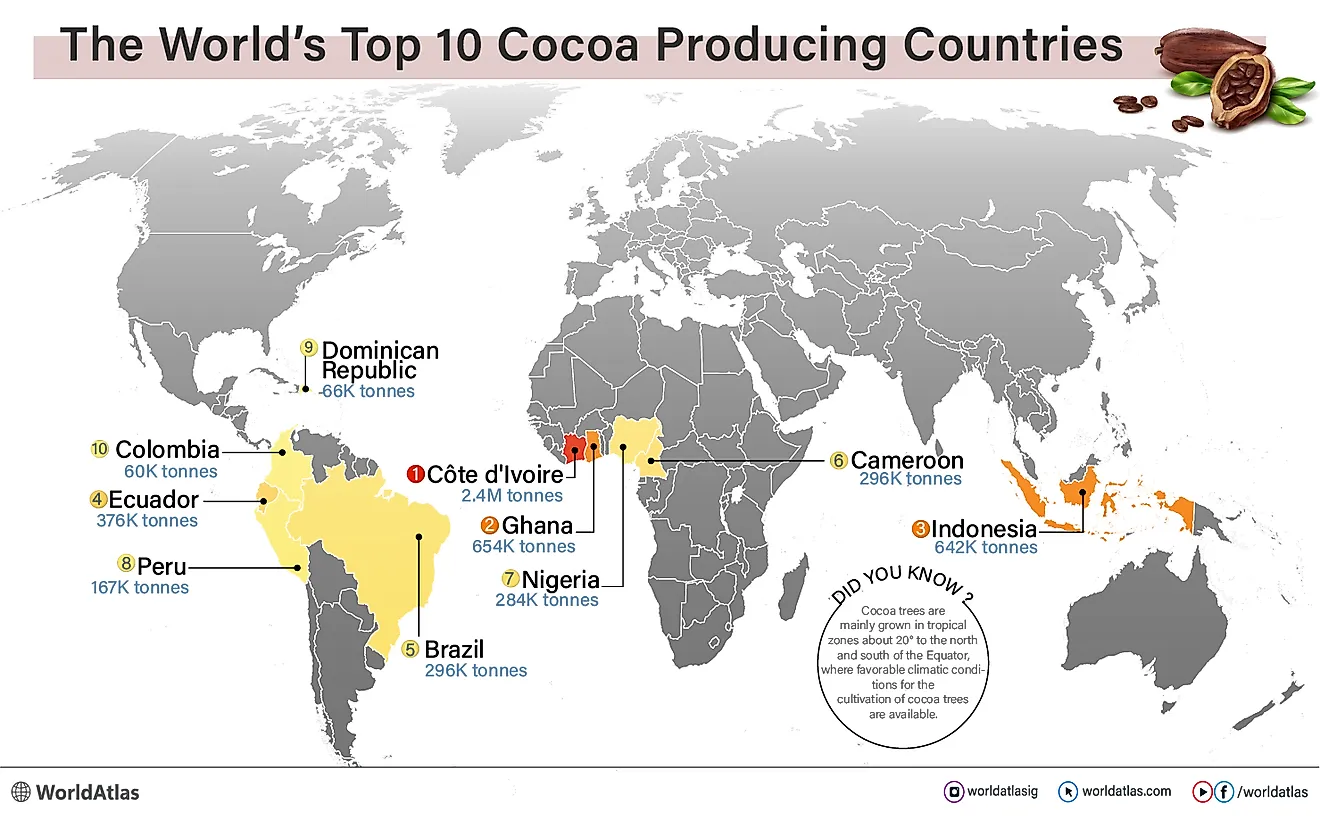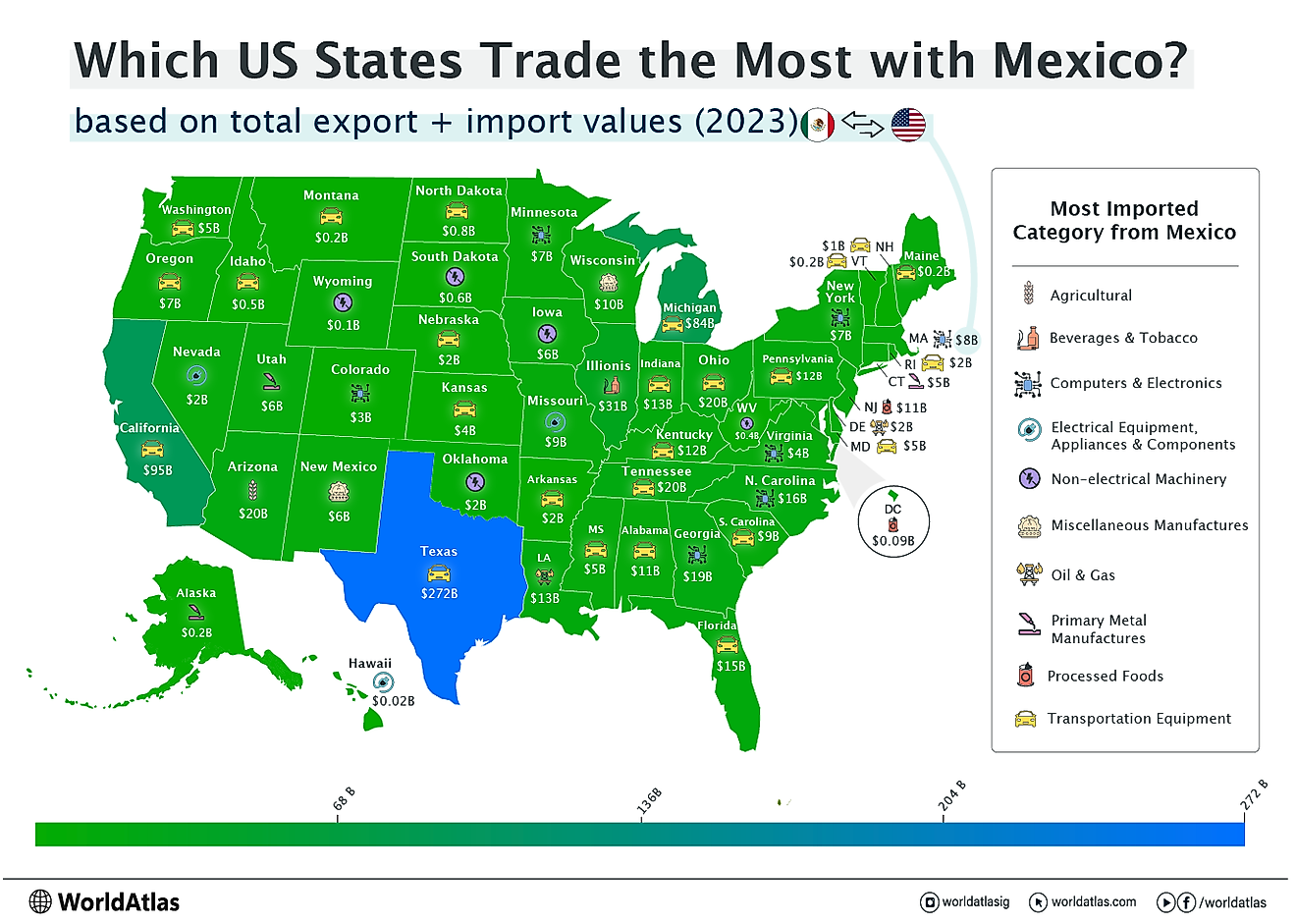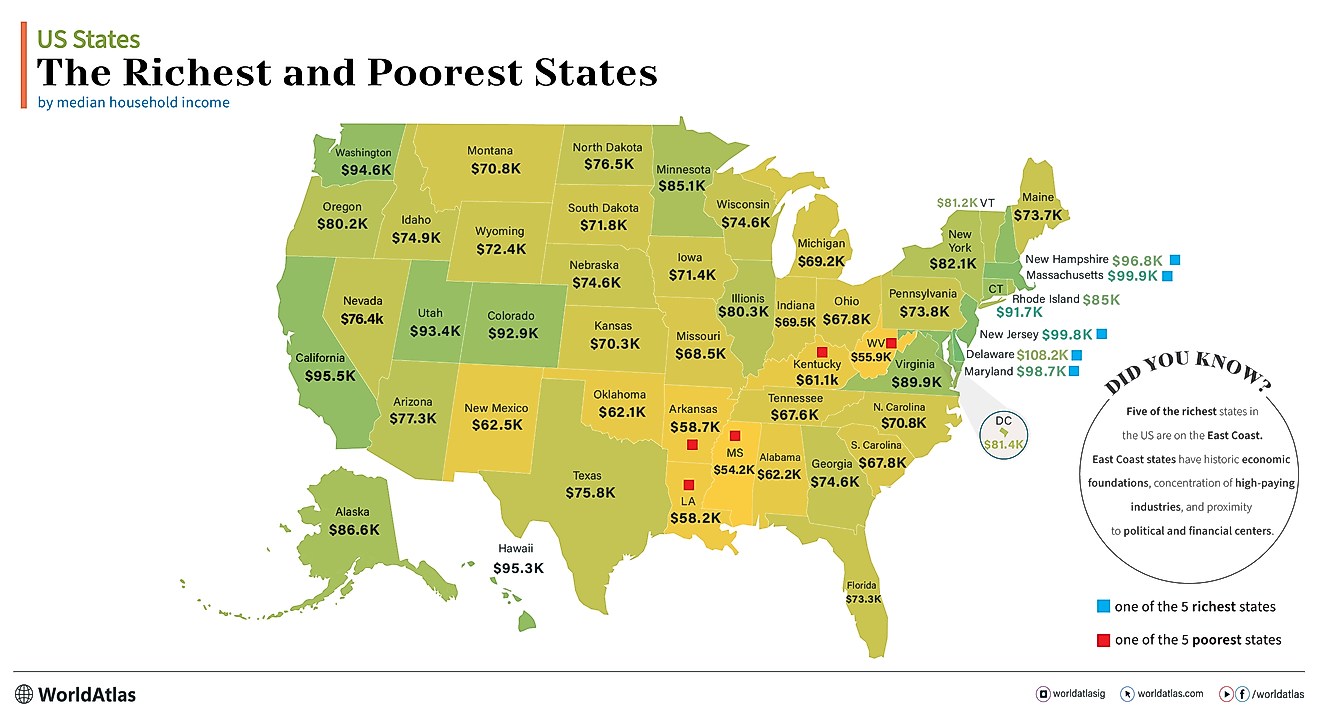The Biggest Industries In Panama
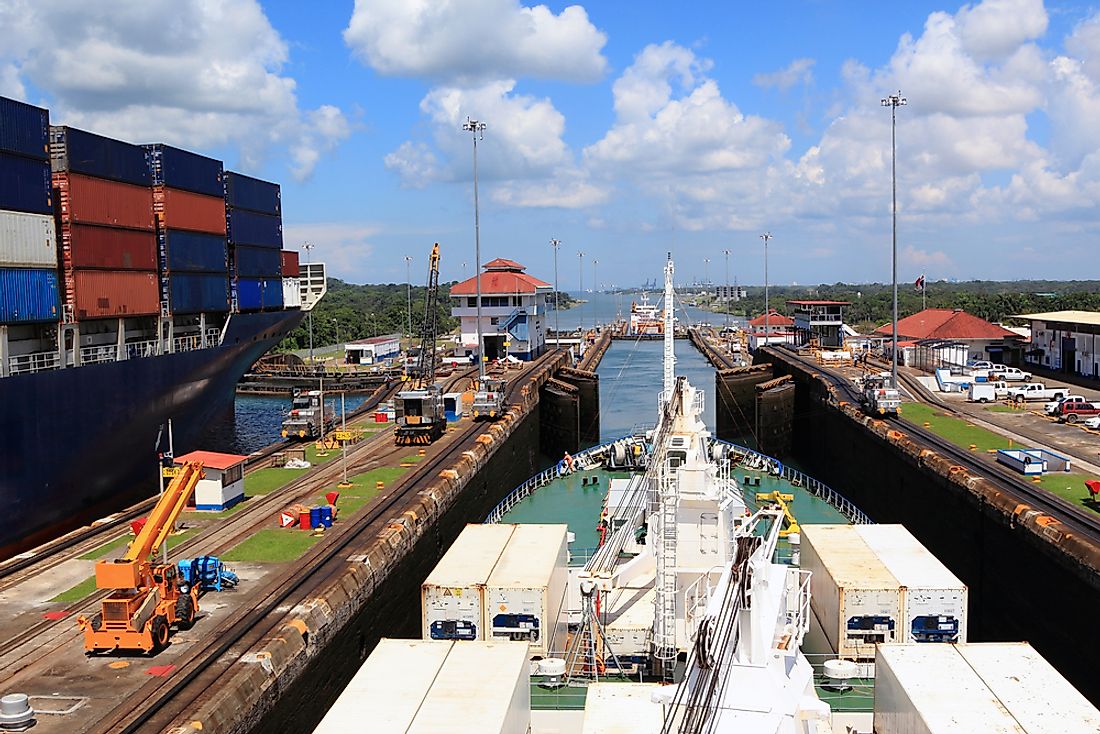
Panama has a GDP of $44.69 billion, the third largest of any country in Central America. Its per capita GDP per capita of $20,300. Panama’s economy has experienced consistent growth in the recent past, with the growth rate being highest in 2007 at 12.1%. The official currency used in the country is known as the Panamanian Balboa. However, the US Dollar is also accepted for transactions in the country. According to figures from the United Nations, Panama’s is performing well in combating poverty, with poverty falling from 37% to 29% of the population in just six years between 2001 and 2007. Nonetheless, wealth distribution is a big problem in the country.
History
Panama was traditionally known for trade, as its strategic geographic position making the country a hotspot for international maritime trade. The Panama isthmus provided early Spanish traders with a short route of transporting minerals destined for Spain from Peru. Port cities soon cropped up along Panama’s coast, where trade between native Panamanians and Spaniards flourished. Before the America’s First Transcontinental Railroad was established, the Panama isthmus was the safest route from the East Coast to the West Coast of the United States. The California Gold Rush spurred an increase in traffic through Panama in the 19th century, which in turn boosted Panama’s economy. However, with the increased traffic came the influx of readily available commodities from the United States, which suppressed the development of industry in Panama. The opening of the First Transcontinental Railroad in the United States caused the decline in Panama’s popularity in international travel. However, the world’s major economies found it imperative to construct a canal through the Panama isthmus, an undertaking the United States took soon after Panama separated from Colombia in 1906. The canal was completed in 1914, and quickly became an essential hub for international trade. The country experienced an extended period of economic stability in the 20th century, until the reign of General Manuel Noriega in the 1980s whose regime was crippled by international sanctions. The economic situation improved after the deposing of Noriega in 1989 and has been growing since.
Imports and Exports
Panama’s total imports in 2014 were estimated to be about $25.65 billion, while its total exports that year were about $18.07 billion. Gold, agricultural products, and iron are the primary export commodities from Panama, while petroleum products, pharmaceuticals, and vehicles account for the bulk of Panama’s imports. The United States is Panama’s most important export destination, with about 24.7% of the country’s exports being destined for the US. Canada and the EU are also major export markets for Panama, accounting for 16.2% and 15.1% of the country’s exports respectively. 20.9% of Panama’s imports are sourced from the United States, the country’s largest import partner. Other significant import source countries are China, Mexico, and Costa Rica, which are responsible for 14.8%, 13.6% and 10.6% of Panama’s imports. Services and agriculture are the country’s biggest industries accounting for 64.4% and 17% of Panama’s GDP respectively.
Agriculture
Agriculture is a major industry in Panama and is responsible for 17% of the country’s GDP. The most important agricultural exports from Panama are bananas, shrimp, sugar, and coffee. Agriculture has been practiced in the country for centuries, aided by arable land and favorable climatic conditions. However, agriculture was then solely practiced for subsistence by small-scale farmers. Agriculture remained the country’s primary economic activity until the opening of the Panama Canal in the early 20th century, after which the industry’s significance began shrinking. To illustrate the decline of agriculture in Panama, it accounted for about 9% of the country’s GDP in 1985, falling from 29% in 1950. As much as 50% of Panama’s land is used for agricultural activities. Forests take up 4.1 million of the total 7.7 million-hectare land area, while pasture land covers 1.2 million hectares and land under permanent cultivation covers 0.58 million hectares. Major foreign corporations are some of the largest landowners in the country, such as the American Chiquita Land Company which owns huge tracts of agricultural land. Nonetheless, the country is not food sufficient and has to rely on food imports to meet its domestic food demands. The United States is Panama’s largest source of agricultural imports.
Services
The service industry is the biggest industry in the country, accounting for about 64.4% of Panama’s GDP.Transport is the most important economic pillar in the service industry, as it comprises the Panama Canal; the government’s chief revenue source. More than 14,000 vessels pass through the Panama Canal each year. The United States relies heavily on the canal, with an estimated 10% of all American shipping going through the Panama Canal each year. Other significant businesses that are linked to the canal include those involved in logistics and storage. Financial services in Panama are another important economic pillar. Interestingly, the country does not have a Central Bank, making the financial services sector operations a conservative undertaking. In the late 20th century, Panama had attracted a reputation of being a tax haven and a narco-state, which hindered the growth of financial services in the country. The country is home to the Colon Free Trade Zone, which is the largest free port in North and South America. Insurance is big business in Panama and auto insurance in particular, which is mandatory to all vehicle owners in the country.
Economic Issues
Some issues grappling Panama’s economy include the unemployment rate, a shortage of skilled labor, high public debt, and an unfavorable balance of payments. The value of Panama’s annual imports exceeds the country’s annual exports by $7.58 billion, translating to an unfavorable balance of payments. Panama has an impressive labor force, made up of more than 1.563 million laborers. However, the vast majority of the labor force is comprised of unskilled labor, with the country struggling with a deficit of skilled labor. Public debt is another concern for the Panamanian economy, which while is on a decreasing trend, still stands at 37% of the country’s GDP. Panama’s unemployment rate is low relative to the region’s average but is worryingly increasing and was at 4.5% in 2014.
